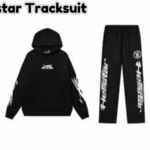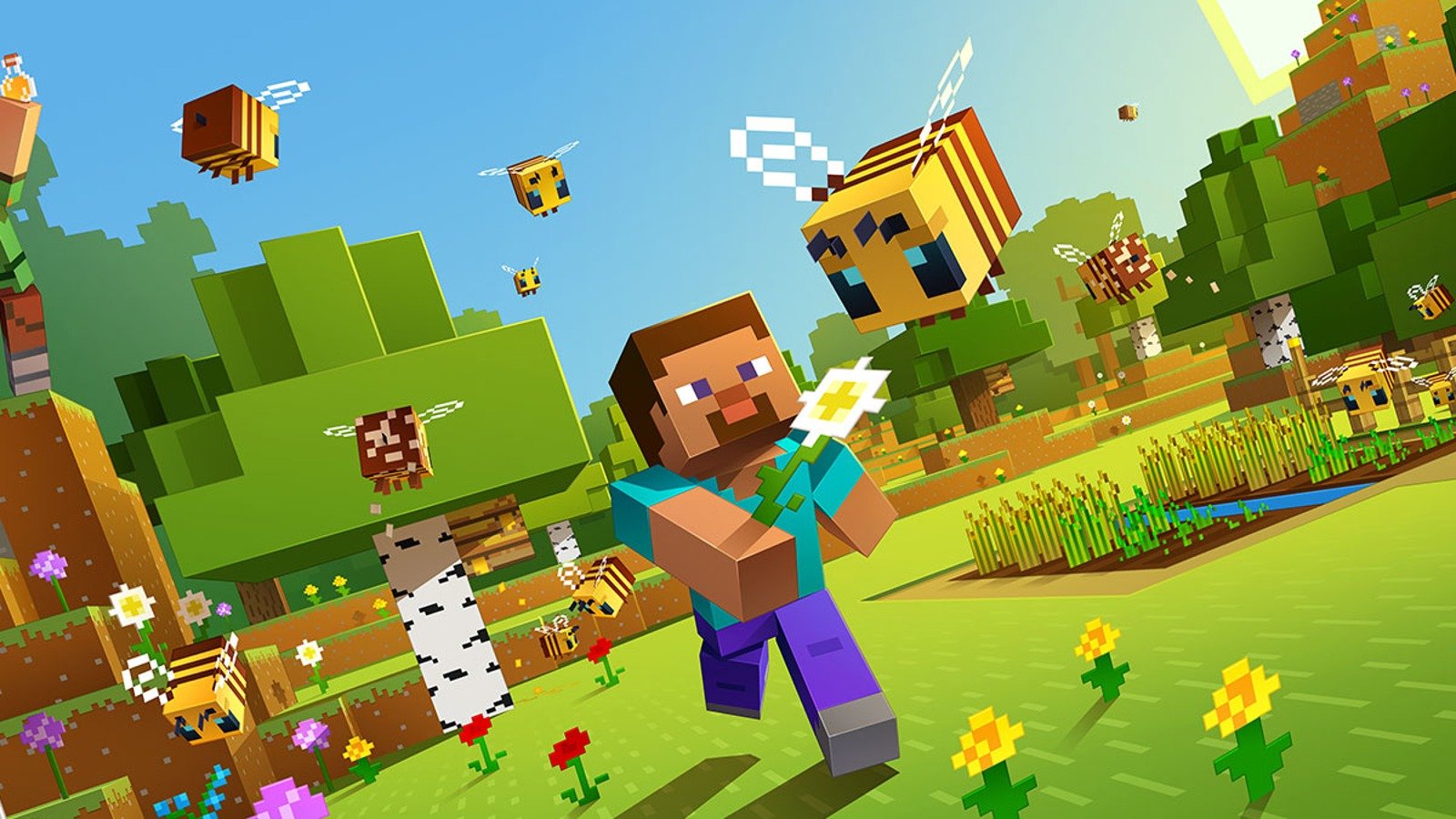The Evolution of Minecraft’s Visual Identity
Since its initial release in 2009, the Minecraft (2009) game icons banners game has not only revolutionized gameplay but has also undergone a remarkable evolution in its visual identity. At the heart of this transformation are the game icons and banners developed by Mojang, which have significantly contributed to the overall player experience and engagement with the game.
Initially, the design choices reflected a simplistic, blocky aesthetic that became synonymous with the Minecraft experience. These early icons and banners represented the foundational elements of the game—blocks of different materials and creatures within the Minecraft (2009) game icons banners universe. However, as the game gained popularity, Mojang realized the importance of creating a cohesive and recognizable visual language that resonated with its growing community.
The stylistic direction was shaped not only by Mojang’s vision but also by the influence of user-generated content, which allowed players to create and share their own interpretations of the game icons and banners. This community engagement led to a rich variety of designs, fostering a vibrant culture of creativity that became integral to the Minecraft identity. In response, Mojang incorporated community feedback to refine the aesthetics of these elements, further embedding them within the fabric of the game.
Over the years, the evolution of Minecraft (2009) game icons banners has also reflected the shifts in gaming technology and trends. As graphical capabilities advanced, the developers embraced new design strategies that maintained the original charm while enhancing visual appeal. Today, these iconic elements serve not only as navigational aids but also as celebrated symbols within the Minecraft universe, contributing to its ongoing legacy in the gaming industry.
Types of Minecraft (2009) Game Icons and Their Significance
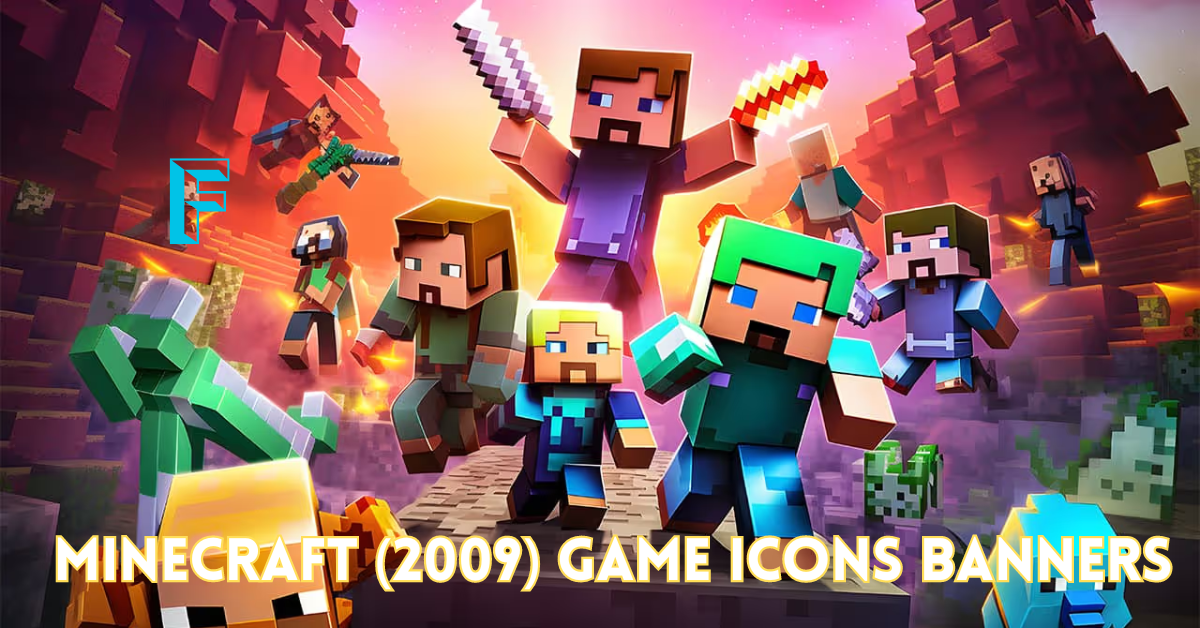
Minecraft (2009) game icons banners is renowned for its diverse range of game icons that serve as vital components of the gameplay experience. These icons can be categorized into four main types: items, blocks, mobs, and user interface (UI) elements. Each category possesses distinct characteristics and contributes uniquely to the game’s overall functionality and aesthetic appeal.
Firstly, item icons represent objects that players can collect, craft, or utilize during their adventures. Items such as tools, weapons, and food are visually distinct, allowing players to quickly identify their purpose. For example, the pickaxe icon not only indicates its function in mining but also communicates its durability through visual cues, enhancing player strategy. Such design principles ensure that players can make informed decisions without navigating complex menus.
Secondly, block icons are crucial in the construction and building aspects of Minecraft (2009) game icons banners. Each block type, from dirt to diamond ore, has a unique visual representation that reflects its properties and functionality. The intricate designs of these blocks enable players to visualize structures and landscapes as they create and modify their environments. This visual language fosters creativity and encourages players to engage with the game world on a deeper level.
Furthermore, mob icons embody the various creatures that inhabit the Minecraft universe, ranging from passive animals like cows to hostile entities such as creepers. Each mob icon not only provides information about the creature’s behavior but also its significance within gameplay. For instance, the iconic zombie graphic alerts players to potential dangers, prompting them to strategize for survival.
Lastly, UI icons play an essential role in guiding players through menus and interactions. The carefully designed icons for inventory, crafting, and health management streamline the gameplay experience, ensuring that all necessary information is accessible at a glance. These elements contribute significantly to the overall charm of Minecraft (2009) game icons banners, allowing players to immerse themselves fully in the game.
In conclusion, the various types of game icons in Minecraft (2009) game icons banners not only enhance gameplay but reflect the game’s themes, encouraging player interaction and creativity. Through their thoughtful design, these icons play a pivotal role in shaping the player’s journey in this expansive virtual world.
Creating Custom Banners: A Player’s Guide
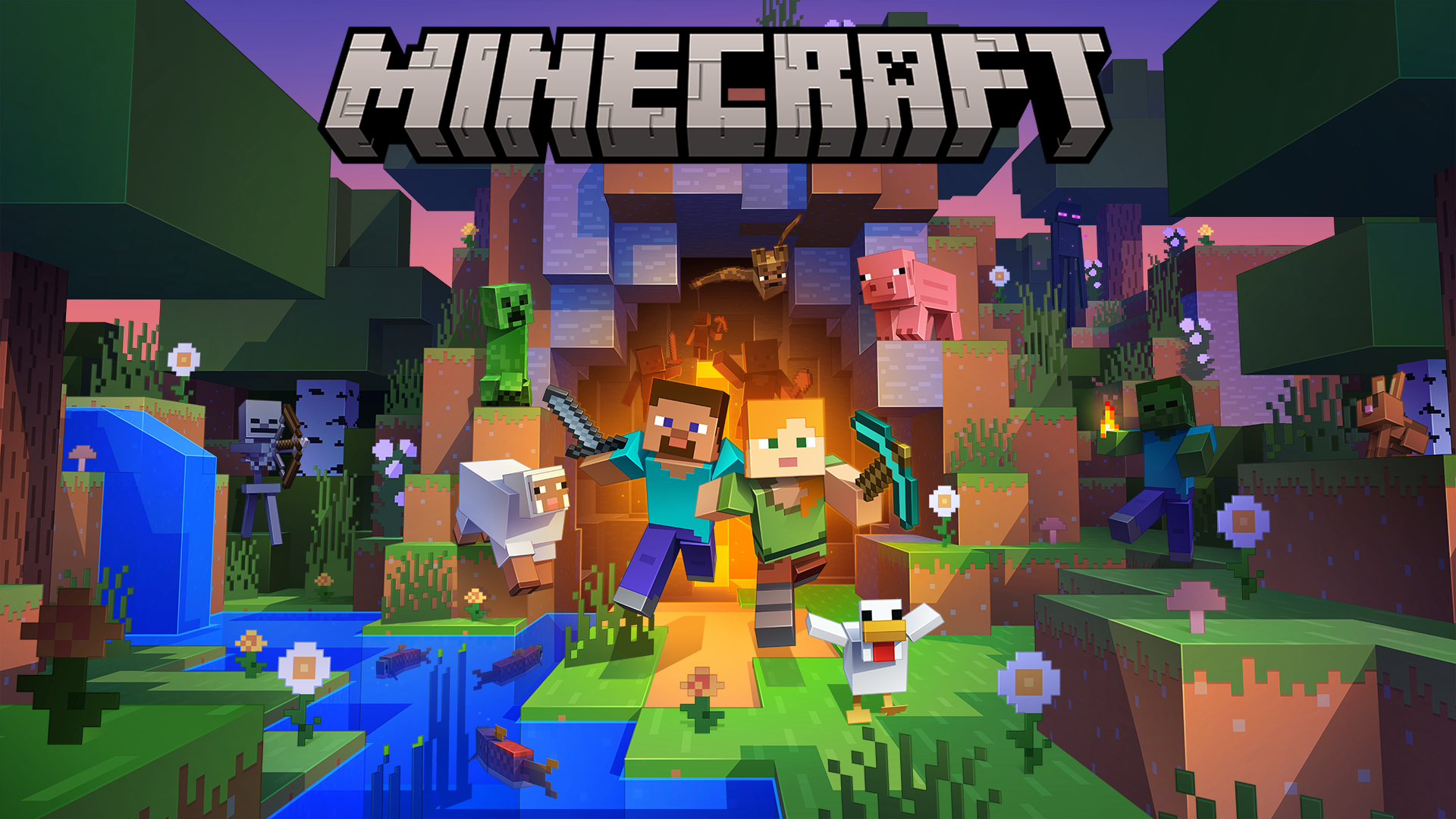
Creating custom banners in the Minecraft (2009) game icons banners game is an engaging way for players to express their creativity and personalize their gaming experience. Banners can be crafted using various materials, including wool, sticks, and dyes. To begin, gather the necessary items: the primary material for your banner will be a piece of wool, colored to your preference. This color will form the base of your banner.
Once you have your wool, access your crafting table to initiate the creation process. Place your wool in the center slot, which will yield a plain banner of your chosen color. Next, you may want to add some unique designs or patterns to enhance your banner’s visual impact. Minecraft offers a variety of patterns, which can be applied using different dyes. Each dye can introduce a unique aesthetic to your banner, allowing you to innovate within the game’s graphical limitations.
To further customize your design, explore the mechanics of using patterns. These can be designed using specific dyes combined with the banner, creating visually appealing symbols or motifs. For example, applying a cross pattern with another color will give your banner a striking look. Additionally, players have the option to layer multiple patterns, providing a chance for more complex designs. Consider themes that resonate with your gameplay style or narratives you wish to convey; whether that be a vibrant tapestry reflecting a particular landscape or a minimalist design echoing your personal journey in the game.
Utilizing banner functionality is not merely for decoration; they can also serve as markers for bases or territories in multiplayer settings. By creating distinct icons that represent your team or personal achievements, you add depth to your Minecraft (2009) game icons banners gameplay. To inspire your creativity, try experimenting with different color combinations and designs on your banners, allowing the minecraft world to reflect your unique style.
The Community Impact of Minecraft (2009) Game Icons Banners
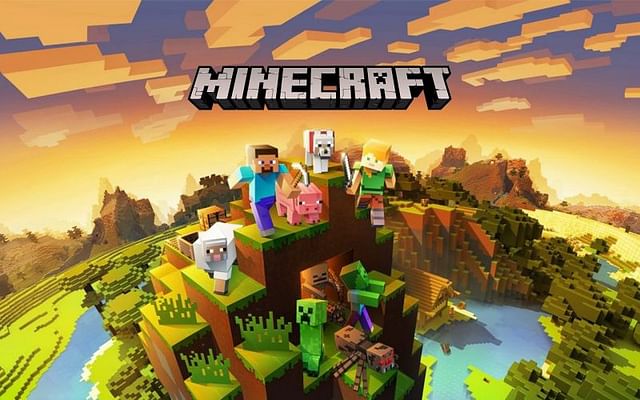
The release of the Minecraft (2009) game icons and banners has significantly transformed the community surrounding this popular sandbox game. Rather than merely serving as visual elements, these icons and banners act as a catalyst for creativity, inviting players to explore various artistic styles and personal expressions. As players customize their in-game aesthetics, they engage in a form of self-representation that fosters a sense of belonging within the expansive Minecraft community.
Moreover, the collaborative nature of creating and sharing these designs has proven instrumental in building connections among players. Through modding communities and online platforms, users can exchange their custom icons and banners, leading to a rich tapestry of designs that reflect the diverse interests and ideas of the player base. This sharing culture not only enriches the gaming experience but also inspires new generations of players to contribute their unique visions, further propelling the creative spirit inherent in Minecraft.
Competition is another vital aspect that the game icons and banners promote within the community. Various events and competitions centered around design and creativity encourage players to showcase their skills. Notable examples, such as annual art contests or design showcases, highlight the vast talent in the Minecraft community. These events help elevate the standards of design, offering recognition to players who dedicate time and effort to their creations.
Further illustrating the impact of these icons and banners is the evolution of Minecraft’s aesthetic over time. Community-driven projects, often resulting from collaborative efforts, influence the game’s updates and changes. In this way, the Minecraft community not only interacts with the game; it actively shapes its culture and visuals, ensuring that the experience remains fresh and engaging for all players.


